Starting with $0 and 1 product on Shopify
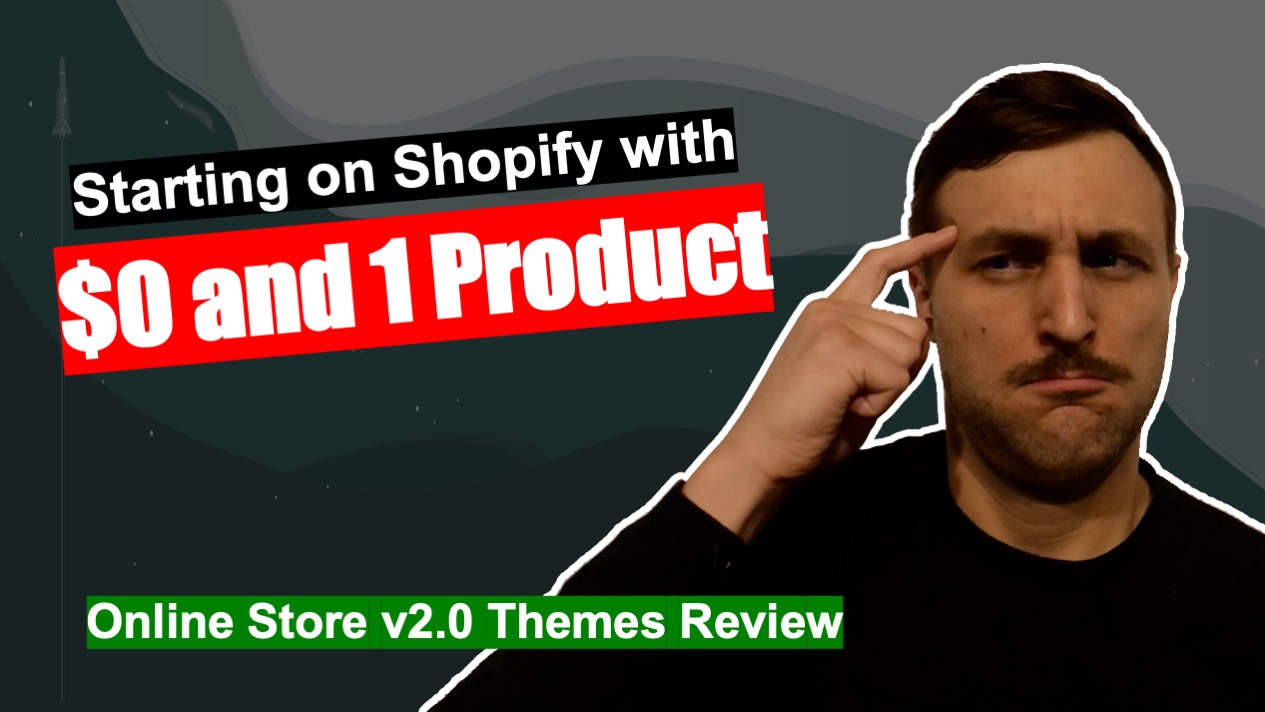
Several persons recently asked us what Shopify themes they should be using and how much it would cost them.
In particular, one person was wondering which theme would suit well a single product store.
The great news is that Shopify has a wonderful Theme store, with themes of all kinds. Regardless of your industry, product, or type of business, we’re sure you’ll find several that you’ll like 🙂
There are nice themes for all sorts of tastes, with varied aspects and designs. Some themes need to be purchased for a once-off fee, but there are Free themes available as well!
In particular, there are 6 great free themes that use the latest architecture called v2.0 Online Store themes. These 6 themes are definitely a great place to start!
In addition to being beautiful and performant, the v2.0 Online Stores by Shopify are very flexible and adaptable, making them good choices for single product websites. Indeed, you want to compensate for the lack of collections by adding more info and context around your brand and product benefits.
In the video below, we’re reviewing the Dawn, Taste, and Sense themes with the angle of how to adapt them for a single product website and we’re showing at the end of the video a concrete example of a great single product website.
If you’d like help setting up a store, or want a more in-depth analysis of your advertising setup / targeting options / campaigns data, feel free to book a call with Ad360!
4 Keys to Unlocking SEO on Shopify
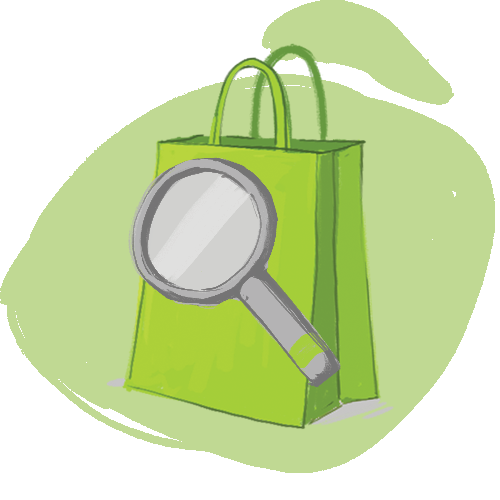
And why it’s VITAL for Sales Growth!
In part III of our “Search Engine Optimization” series (part I and II linked here), we distill the top 4 “keys” to boosting sales with SEO. Here, you’ll find the breakdown of actions you could take today to increase your store’s visibility on search engines like Google – and they aren’t complicated! SEO may not be rocket science, but it does take strategic, effective marketing strategies on your part.
Read below for the 360 degree, step-by-step guide to learn the practical application of SEO strategy!
1. Favicon design
Favicons are those little picture designs that appear in the corner of your website tab. Some popular ones are the multicolored “G” when on Google or the red “play button” icon on Youtube.
These little guys may seem unimportant, but they carry a lot of weight for SEO ranking! Simply put, they provide brand awareness, credibility, and customers an easier way to recognize your site. Even if you have incredible goods in your store and provide top-notch service, customers subconsciously judge you right away if you don’t have a favicon like other sites.
Picture a dilapidated, old storefront – looks like a tornado just hit it. Even if the goods inside are amazing, and the store owner is a peach of a guy, chances are you won’t go in! It looks too worn-down on the outside. You make a snap judgement to move on.
That’s exactly what will happen to your store without a favicon! Get one designed asap to increase sales to your Shopify store.
2. Descriptive heading tags for well-organized site categories
We’ve mentioned in an earlier article the importance of descriptive heading tags to better organize your site’s web pages. Here’s why that is so essential. Not only do users feel better browsing, Google’s “crawl” software won’t get confused indexing your site. The clearer the web page headings and the better classification of your info, the more SEO-friendly Google will consider your site… and you will be rewarded with a better ranking 😊
Sometimes, these headings are referred to as “H tags.” Make sure to keep your ducks in a row when building the content on each page. It should always start with a clear, descriptive, but not-too-wordy title! That’s a major key to growing your Shopify sales.
3. Detail meta and product descriptions
On top of good headings, remember that breaking up your info with easy-to-read product descriptions is essential for SEO best practices. If you have any product listed on your site unaccompanied by at least a few lines of descriptive text, you are doing your online business a disservice!
Make sure you remember that new potential customers browsing your site (as well as Google’s web crawlers), are not experts on your industry like you. If you can find a way to give them good information, segmented into different tabs on the product description, you give yourself the best chance to land on the first page in Google rankings.
4. Research backlinks through Google Search Console
This final key may be the most difficult to implement, as it involves some pretty serious market research: backlinks. Backlinks are essentially hyperlinks that connect your site to another. Consider when you look for, say, a new toaster online. You find a site that lists the “top 10 toasters,” and there are hyperlinks leading to each option – those businesses successfully have been “backlinked,” linking them to more web pages across the web and increasing their visibility.
Now, when starting off green, finding the right sites to reach out to for a backlinks “shoutout” can seem pretty daunting. So, we recommend starting by checking out Google Search Consoles information on backlinks here. Make sure to check out what backlinks competitors have, and from there, you can begin your own marketing campaigns to increase the number of affiliate sites that offer a “backlink” to your Shopify store. More quality backlinks, more sales for your Shopify store 😊
If you feel you would benefit from some SEO expertise to set up your store for success, reach out to try a free demo from Ad360 today! We can provide a free consultation to evaluate how effective your SEO practices are, and what we can do to bring you up the Google ranks 😊 Cheers, we hope you enjoyed the 4 keys to SEO success!
What is Search Engine Optimization?
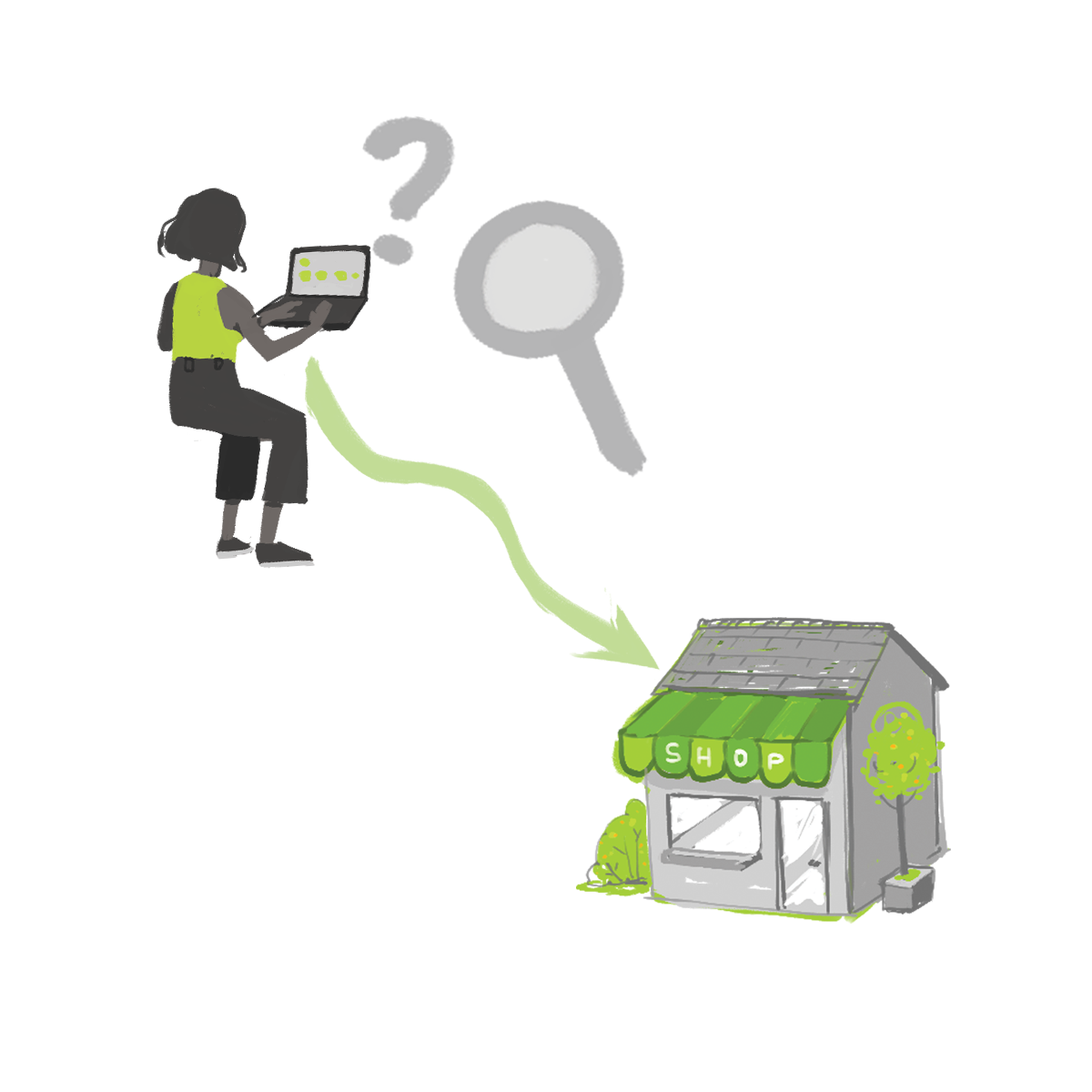
What Exactly is SEO? What Value Does it Add to my Business?
Google defines Search Engine Optimization (SEO) as “making your site better for search engines.” Put another way, SEO are all the changes to your text that make your site “ping” on Google’s algorithm when users execute a search!
Crawling for New Content – How Google Discovers your Site
How does it do that, you ask? Well, Google didn’t become a tech powerhouse for no reason. Google employs automated “web crawlers” that look for new/updated web pages based on how the site connects to the rest of the internet… hence the term “internet.” Basically, Google finds your page based on how it interlinks and interconnects to the rest of the web!
Indexed for Info – Google Programs Analyze Webpage Text to Evaluate Content
After Google discovers that your site exists among the 50 billion online web pages (congrats!) Google “indexes” the site’s content, using software to try and figure out the “purpose and place” of your online business. To check if your site is properly indexed on Google, type in “site:_________” and past your url into the blank.
There you Are – Having Google List Businesses on Search Results
After figuring out the “purpose and place” of your online site, Google will begin listing your business. The user’s location, language, device, and previous search history all play a role in what pops up for them, but those factors are out of your control.
It’s time to put in stark terms how vital SEO is for growing your business!
Introduction – Tell me WHY SEO is Important
If you ever question, “Why is it important for my business to rank on Google anyway,” consider this fact:
71% of all online users click through from the “first page” search results
With that in mind, it’s essential for any online business to identify the most commonly searched keywords/phrases when customers are browsing for your line of products. If you are serious about leveraging online search engines to optimize your sales growth, learning to “move up the rankings” through SEO is a must! Organic SEO growth is more effective at growing sales and driving traffic to your website than virtually any other online tool. Remember that there are over 5 billion searches conducted on Google per day. Being at the top of the list for the searches pertaining to your business… you can see how that might spur sales growth!
Picture This – Example of SEO’s Utility for Growing Sales
For a quick hypothetical – picture you’re a custom soap maker. You’ve taken a 360 degree view of your online marketing, and every time a user searches the phrases, “custom soap,” “boutique soap,” or “soap for sensitive skin,” your site pops up as one of the top three results. Just by that remarkable visibility alone, you’re going to receive a steady, consistent stream of sales no matter where else you advertise. Think about it! Google’s search engine is literally advertising for you!
However, to get to a place where SEO is, in a sense, doing your promotional work for you, it takes in-depth research and serious legwork to perfect your site’s key phrasing and text. Every line of business needs a wholly unique approach to their SEO, while still hitting the most relevant key phrases universally searched online… this part is easier said than done.
How Online Business Make Quality SEO Webpages
Making unique, engaging online content involves some artful human ingenuity, but there are specific metrics and guidelines to follow for how you structure that content to best optimize search results.
- Aim to be descriptive as possible with all titles and headings
No need to be wordy, but picture a software crawler… it’s not as smart a human! You need to be really clear with titles so the crawler software goes, “Oh! I get that!” You’re not just writing for your customers – you’re writing for the online ecosystem as a whole.
2. Make Each Webpage Stand Alone as a “Complete” Entity
We love a phrase Google uses when giving the 411 basics on SEO, “Google is smart, but we can’t guess what you don’t tell us.” It’s easy, as a business owner, to assume the folks reading are making the same leaps in logic you are… but they aren’t! Neither are Google’s programs. Give a logical rundown of your entire business offerings; don’t assume Google gets what you imply. Even if it seems painfully obvious to you, give Google a break – it’s sifting through 50 billion webpages!
3. Be Topical, Be Up-to-Date
Show your business can grow and change with the seasons – think holiday bundles and special deals of that nature! Those updates keep your business moving up the search queue, as Google will record, “These guys are with the times, maaaan.” We’re pretty sure that’s how Google software talks when no one is listening 🙂
4. USE TEXT!
Let’s start by acknowledging how cool it is to be able to share and upload pictures/videos with one click – memes have straight up changed the world. HOWEVER! When it comes to growing your sales through SEO, Google software still understands text formats more effectively than others. While having an aesthetically pleasing and dynamic webpage, complete with aural-visual elements, is highly recommended, it should not come at the cost of accompanying text. Having clear textual complements to any picture and video on your site will benefit your business greatly in terms of growing sales. Don’t have any picture/video without at least a little caption of explanatory text attached!
Most Important Web Elements for your Site’s SEO Rank
To give you a 360 degree view of SEO, we thought we’d leave readers with a list of all the design, web, and marketing research factors that improve your site’s “searchability” for boosting sales:
- Site content
- Site structure/Web Page layout
- Intersection with online ad campaigns
- Keyword research (e.g. – Term frequency-inverse document frequency analysis)
- SEO development
- Precision marketing to specific market “niches” or geographic locations
Modifying a single keyword/phrase can be the difference between Google finding 10 million or 100 million results. Market research on these keywords, therefore, are essential to aligning your online business with the most precise, potent keywords related to your industry!
Conclusion: Using the Right Tools for SEO Sales Success
We know that it feels a bit overwhelming that all these different factors play into SEO. Some business owners have all the savvy on their products they ever need, but figuring out the most SEO-friendly text to convey the value and purpose of their services becomes a whole challenge in itself.
If you feel your business would benefit from 24/7, 360 degree support, reach out to try a free demo from Ad360 today! As a proud Google partner recognized for our ability to maximize company sales, Ad360 has all the tools, analytics, and organizational expertise to push your business to the top of the Google chart 😉 Drop us a line today for a free SEO consultation – we look forward to your future sales success.
How much to spend on your first ads?
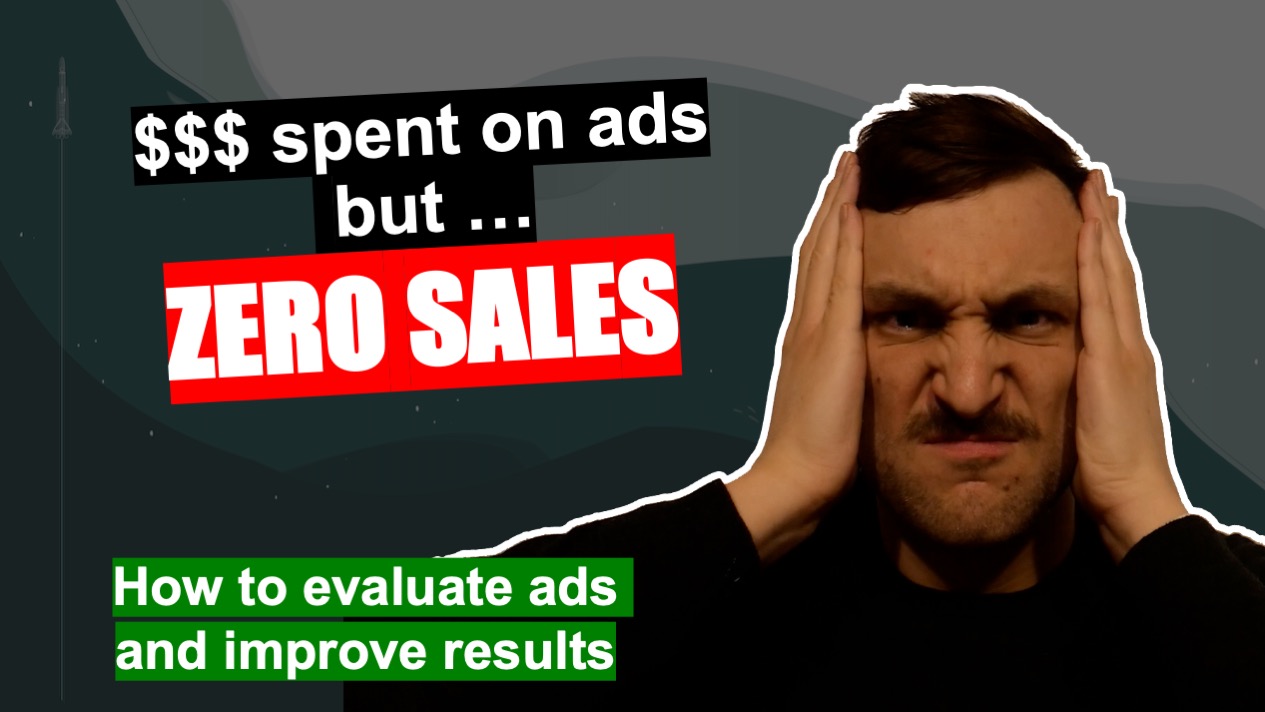
Today we present one of the videos we’ve published in our YouTube channel:
Ecommerce Success by Ad360,
the channel where we share tips, news, best practices to help business owners be happy, productive, and successful!
We publish videos every day about e-commerce, marketing, advertising and all things online business. If you’re running an online store and want to get regular tips to grow your sales, we recommend you subscribe to the channel!
How much money to spend on your first ads before you get sales
In this video, we go over a reddit post. We respond to the questions of a business owner who wonders about their lack of sales after starting running some ads.
In addition we share some insights and stats about advertising. Among key questions:
– how much money you need to spend on ads before you have sufficient data to draw conclusions
– how much to budget when you get started with ads
– how to evaluate whether you have a good conversion rate
– what to do to increase ads outcomes
Ad360’s mission is to make millions of merchants happy and successful. We take care of all your promotional activities, allowing you to focus on your passion & core business.
HyperTargeting: Tomorrow’s Marketing
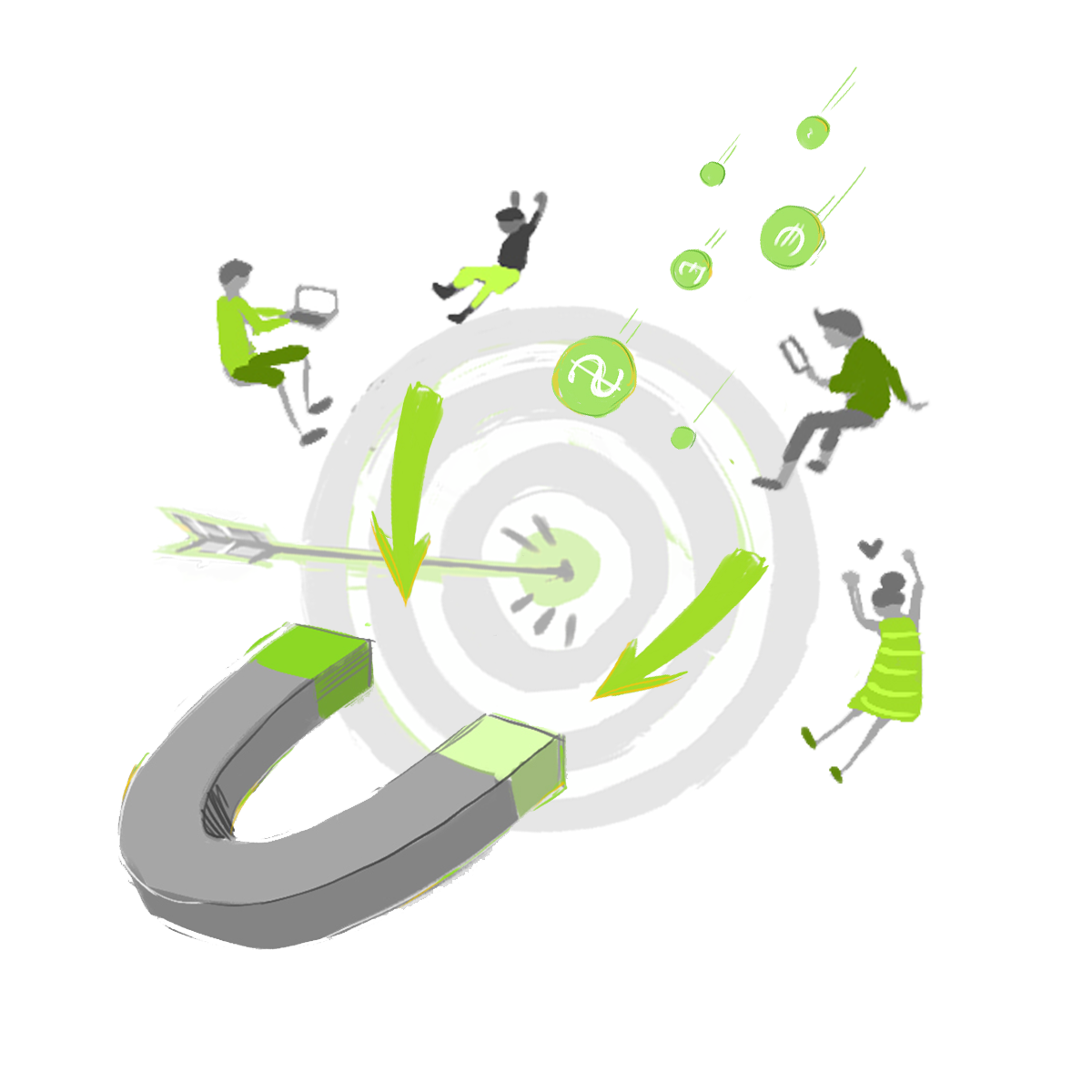
While “geo” and hyperlocal ad targeting grow local brand awareness, hypertargeting organizes your audience based on their shared interests and identities – rather than geographic location. Read more about this incredible marketing technique below!
Introduction
In the fast-moving world of online advertising, it is clear that customer data is king. Thou who holds the data holds the key to their business’s future! It can take a minute to wrap your head around. Still, market surveys show that ~65% of all online users are willing to share personal data… so long as it leads to a high-quality ad experience catered to their interests. If not, folks consider it an obnoxious intrusion into their personal lives, making it quite the tightrope to walk for Shopify business owners looking to expand their customer outreach and increase sales.
So, how do Shopify store owners gather this high-value customer data from scratch? And how do they make sure they target the right niche and “buyer personas” most likely to have an affinity for their products? Capturing, organizing, and acting effectively on customer data is a major undertaking. But, no worries – Ad360 is here to give you a 360-degree view of one of the most effective online marketing strategies today: Hypertargeted advertising.
Hypertargeting
Consider hypertargeting a “distant cousin” of geotargeting. While the aim of optimizing customer outreach remains the same, the focus is not based on location, but rather on specific traits of customers. The marketing strategy works by creating categories of “buyer personas” that inform the most effective forms of marketing outreach to them.
You know those popups that ask if you’re ok with something like “enabling personal cookies?” By granting permission to store personalized customer data, Shopify business owners get a better sense of who their audience really is, what they value, and what they like to see in the brands they support with their dollars.Done tastefully and strategically, hypertargeting has the potential to grow Shopify sales while establishing a clearly defined “niche” audience your store can tailor its message directly to!
Over time, hypertargeting becomes more effective as you identify the groups of customers most likely to click “buy” on your Shopify site 😉. A list of standard “hypertargeting” customer classifications are listed below:
- Demographics – Gender, age brackets, and other personally identifying traits help concentrate your ads to your ideal niche market.
- Geographic Location – Specific places like country/state/city, or a shape drawn on a map of who sees the ads, even down to a single city block!
- Expressed User Interests – what keywords they recently searched or info they’ve willingly shared on social media or through past search engine queries.
- Previous Site Visitors or Social Media Connections – Similar to ad retargeting, hypertargeting features can be concentrated only on those who have already engaged with your business in some form or fashion online.
- Device-specific – Concentrate ads to a particular device, including mobile, tablet, computer, or Smart TVs.
- Past Buying Habits – Ads are directed only to customers whose shared browsing habits reveal they have purchased products similar to yours in the past.
While it takes some rounds of A/B to get right, hypertargeting for ads is one of the best strategies to grow your sales and optimize your online marketing budget. As you gradually establish the trends of which customer segments demonstrate the most interest in your store, you can tailor your promotional efforts further and further until they truly feel like “your peoples” 😊. That way, not only did you find a way to maximize customer outreach; you learned something about the community’s most willing to support your enterprise. Pretty special, if you ask us here at Ad360.
What’s more is that Ad360’s mission to help e-commerce business owners of all sizes to easily implement advanced advertising techniques such as these ones. If you want to learn how you can benefit from hypertargeting in just a few clicks, book a demo today of Ad360 App for Shopify.